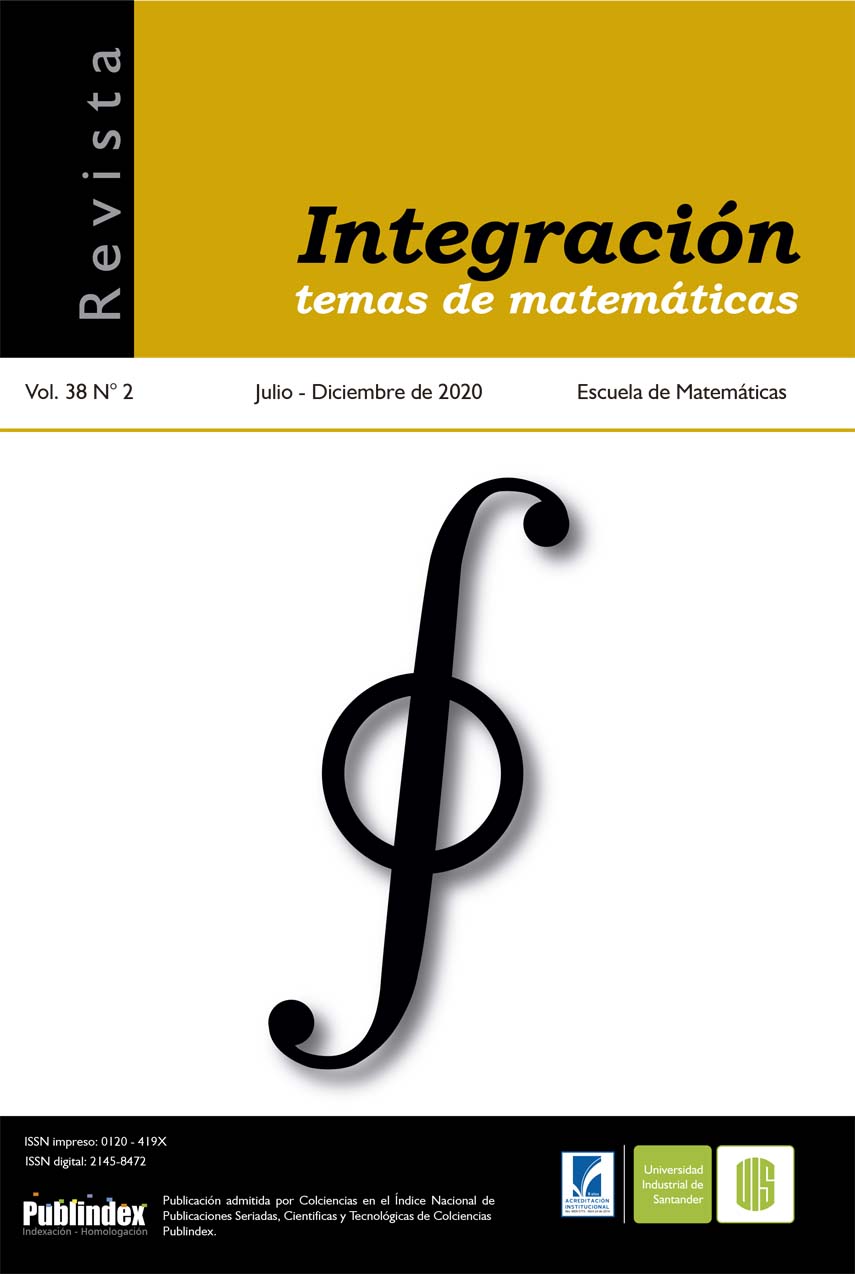Soluciones periódicas para un modelo de población celular sujeto a una radiación periódica general
Publicado 2021-05-29
Palabras clave
- Cancer treatment modelling,
- cooperative systems,
- periodic orbits,
- radiation
Cómo citar
Derechos de autor 2020 Homero Díaz-Marín, Carlos Osvaldo Osuna Castro

Esta obra está bajo una licencia internacional Creative Commons Atribución 4.0.
Resumen
In this work, we considered models with periodic radiation can-cer treatment which describe the dynamics of cell populations in a tumor.This may also be used to consider dynamics of healthy tissue under periodic radiation exposure. We establish the existence of periodic orbits, byusing theory of cooperative systems. We give sufficient conditions for theuniqueness of the periodic solution which then becomes a global attractor.Numerical simulations are performed using specific radiation functions to illustrate our analytical findings.
Descargas
Referencias
Hall E.J. and Giaccia A.J.Radiobiology for the Radiologists, Lippincott Williams & Wilkins(LWW), Philadelphia, 2018.
Freedman H. I. and Pinho S. T. R., Persistence and extinction in a mathematical model of cell populations affected by radiation, Period. Math. Hungar., 56 (2008), 2535. doi:10.1007/s10998-008-5025-2.
Gámez M., et. al., “Observation and control in a model of a cell population affected byradiation”,BioSystems96 (2009), No. 2, 172-177. doi: 10.1016/j.biosystems.2009.01.004.
Greider B.W., Kallman R.F. and Franko A.J, “Recruitment of noncycling tumor Cells into Proliferation by Isoproterenol”, Cancer Research, 43 (1983), No. 4, 1501-1503.
Korman P., “A periodic model for the dynamics of cell volume”, Annales Polonici Mathe-matici, 116 (2016), 243-249. doi: 10.4064/ap3857-3-2016.
Liu Z., et. al., “Permanence, extinction and periodic solutions in a mathematical model ofcell populations affected by periodic radiation”, Applied Mathematics Letters, 24 (2011), No. 10, 1745-1750.
Smith H., Monotone dynamical systems: an introduction to the theory of competitive and cooperative systems, Math. Surveys Monogr., Arizona, 1995. doi: 10.1016/S1874-5725(05)80006-9
Wallace D.I. and Guo X., “Properties of tumor spheroid growth exhibited by simple mathematical models”, Front Oncol, 3 (2013). doi: 10.3389/fonc.2013.00051.
Watanabe Y., et. al., “A mathematical model of tumor growth and its response to single irradiation”, Theoretical Biology and Medical Modeling, 13 (2016). doi: 10.1186/s12976-016-0032-7.
